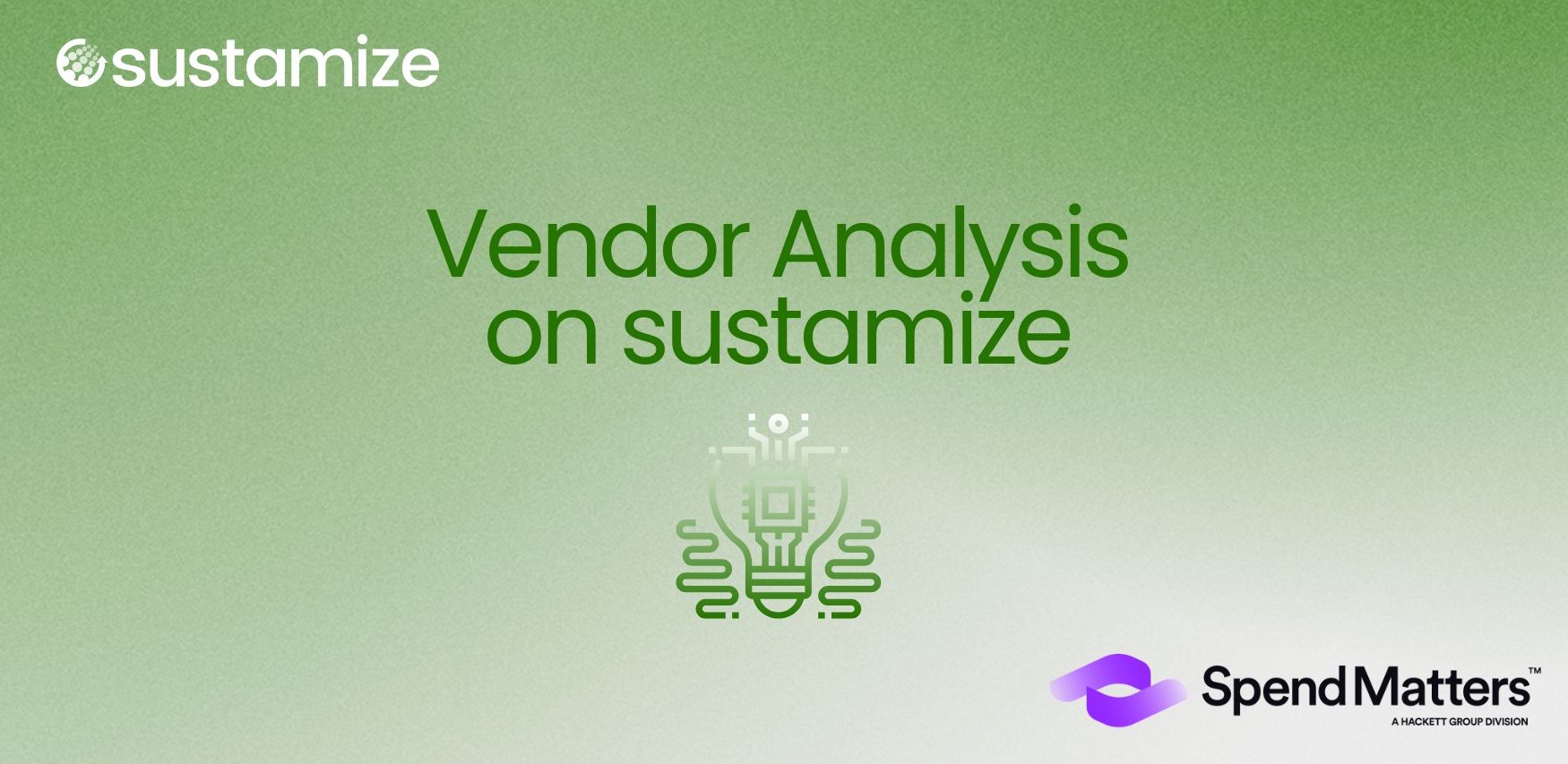How to Evaluate the Quality of Your PCF’s Data
We provide a (free) template of 8 key and relevant indicators.

Not all data is of equal quality. Particularly because each source has different criteria and standards. Because data quality can strongly influence your end result, it is essential to evaluate the quality of any secondary data that is considered for your PCF assessment. This also concerns PCFs or data points provided by suppliers.
The GHG Protocol's Product Life Cycle Accounting and Reporting Standard lists 5 indicators relevant to evaluate data quality, adapted from Weidema & Wesnaes (1996):
(1) technology
(2) time
(3) geography
(4) completeness
and (5) reliability
It is crucial to keep those indicators in mind when evaluating data's quality, to ensure transparency and detect possible inaccuracies. However, nearly three decades of LCA practice, methodological improvements and industrial know-how have brought sustamize to perfect this list by adding 3 additional key indicators: precision, relevance and bias.
Here's a table we use at sustamize for assessing the data quality of our Product Footprint Engine's databases. You can use this template to assess the quality of your secondary data and data provided by your suppliers:

- Geography: it plays a vital role, as different regions may have distinct emission factors and energy mixes which can considerably affect the results.
- Timeliness: it indicates the currency and relevance of the data. Outdated information may not represent the current state of commonly used technology, methodologies, raw materials and generally emissions associated with a product.
- Technology: it refers to the technologies, machinery and tools used in the manufacturing processes, and wether the data reflects the reality of the ones currently and commonly used.
- Completeness: it signals whether all relevant emission sources and scopes are accounted for for that sepcific data.
- Reliability: it perhaps the most important one as it indicates the consistency and dependability of the data, wether it is based on measured data or on assumptions and if it has been verified or peer-reviwed. This indicator signals wether the data can be trusted for decision-making.
- Precision: it gauges the level of detail and accuracy in emissions data. Precision is provided by the amount of information given in a study and wether the data is based on own measurements rather than on assumptions.
- Relevance: it indicates how well the data aligns with the specific purpose of your PCF assessment.
- Bias: it refers to potential reality distortions involved in the data such as Global North/ Global South commonly used technologies or manufacturing practices, authors' affiliations etc.
By applying a score from 1 to 5 to these indicators (1 being the best quality grade and 5 the worst) to each of the data sets such as prescribed by Weidema & Wesnaes (1996), you can investigate how and why the data lacks of quality and visualize where data quality can be improved.
A must for transparency and reproducibility of an assessment.
The good news is that updated secondary data from reliable databases such as from the Product Footprint Engine follow strict quality checks and requirements.
Want to know more about reference data, the product footprint engine or the sustamizer?
Related articles:



.jpg)
